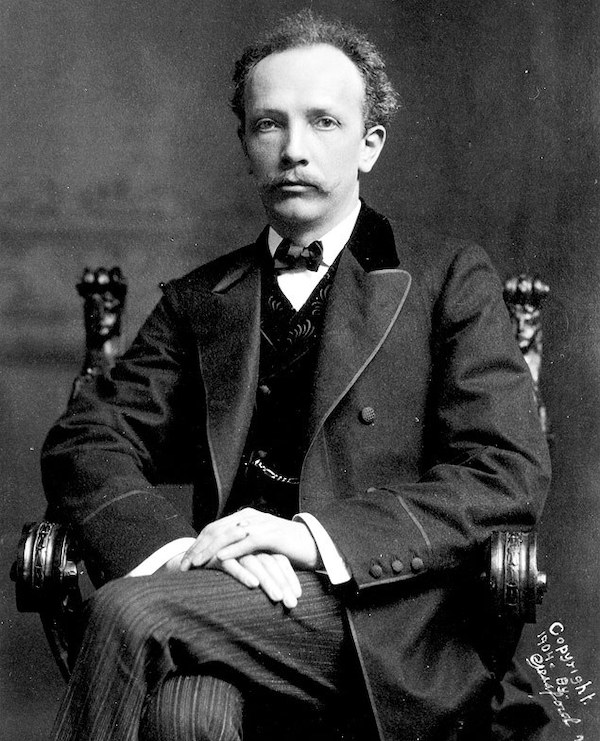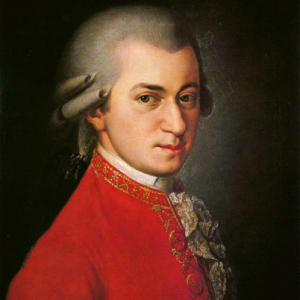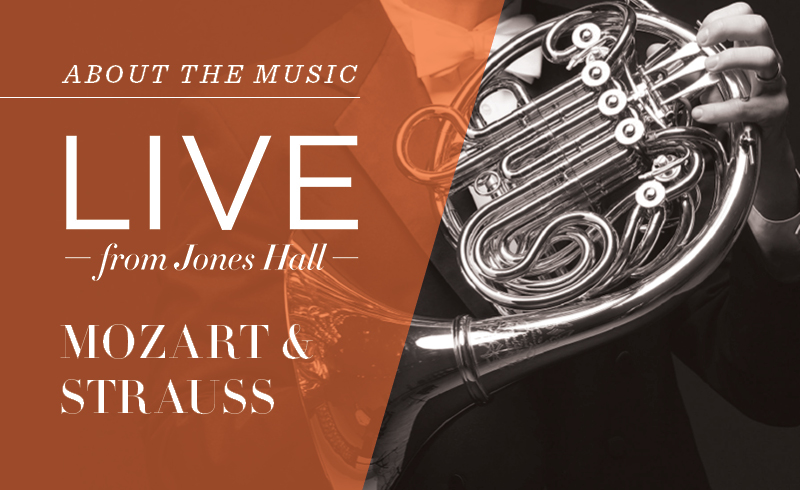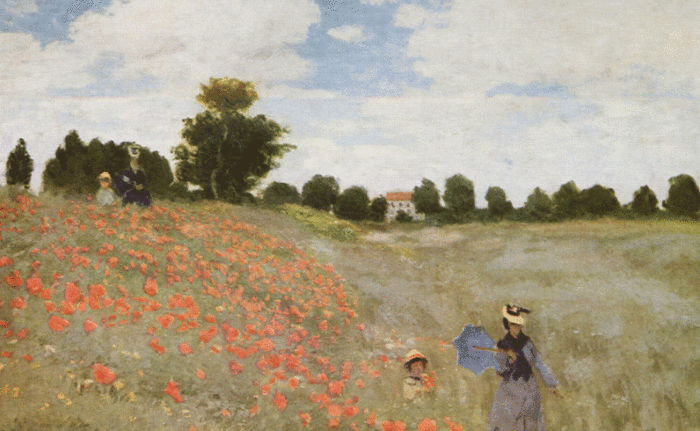Our second Live from Jones Hall livestream concert shines a light on the members of the Houston Symphony’s string and wind sections as small ensembles take center stage. Discover more about the night’s repertoire—Strauss’s deeply poignant Metamorphosen – Realisation for String Septet and Mozart’s lyrical and graceful Wind Serenade in E-flat major. You can also check out full musician bios here.
Live from Jones Hall: Mozart & Strauss
Saturday, July 18, 8 p.m.
Metamorphosen – Realisation for String Septet by Strauss
Featuring: Eric Halen, Boson Mo, violin; Sheldon Person, Wei Jiang, viola; Christopher French, Louis-Marie Fardet, cello; Robin Kesselman, bass

- There are two versions of Metamorphosen: the string septet that will be performed on this concert, and a 23-piece string ensemble. The version for 23 musicians is also known as “Study for 23 solo strings” and was commissioned at the end of World War II.
- Strauss’s sketch of a septet version of Metamorphosen, predating the Study for 23 solo strings, was discovered in 1990. It is widely believed now that Strauss originally conceived the score for seven strings.
- Listen at the end of the piece as Strauss quotes the funeral march from Beethoven’s Eroica Symphony. In the score under this quote, Strauss writes “IN MEMORIAM,” an inscription that has made many believe that Strauss wrote Metamorphosen while mourning the destruction of Germany during the war.
- About the Conductor: Yue Bao, appointed last year to the newly created position of Conducting Fellow, serves as the conductor for rehearsals, student concerts, community performances, and other special projects.
Wind Serenade in E-flat major by Mozart
Featuring: Jonathan Fischer, Colin Gatwood, oboe; Thomas Legrand, Alexander Potiomkin, clarinet; Isaac Schultz, Elise Wagner, bassoon; Brian Thomas, Ian Mayton, horn

- A Serenade, from Latin serenus (serenity), was originally a vocal composition performed in honor of one’s lover. By Mozart’s time, it had evolved into an instrumental piece that was often performed for outdoor evening summer concerts.
- Mozart wrote the Serenade to impress a potential sponsor throwing a party for the feast of St. Teresa of Ávila, patron saint of writers and lacemakers, and of migraine sufferers (as she wrote of her own extreme headaches).
- According to his letters, Mozart himself was once serenaded outside his window by a group of musicians playing this piece—at 11 p.m.!
- Fun Facts about Mozart
- Mozart was a child prodigy. At the age of three, he was picking out chords on the harpsichord by ear; at four he was playing short pieces, and at five he was composing. He wrote his first symphony in 1764—he was only eight years old!
- Unlike most other composers, Mozart composed in all major genres and excelled at every one: sonatas, concertos, symphonies, operas, choral music and chamber music.
- In his brief 35 years, he composed more than 600 works.



